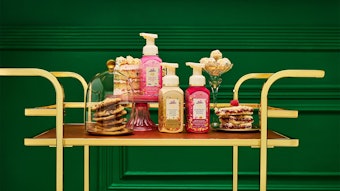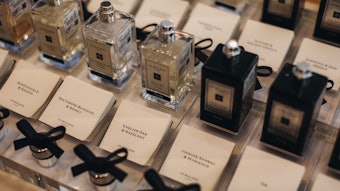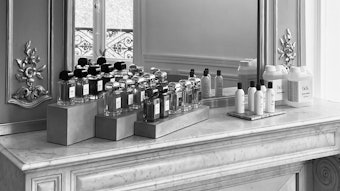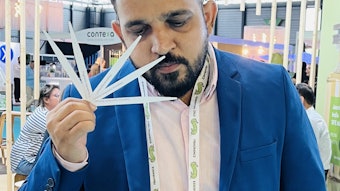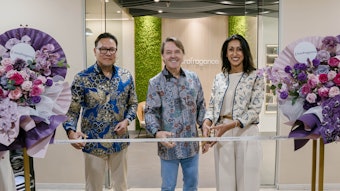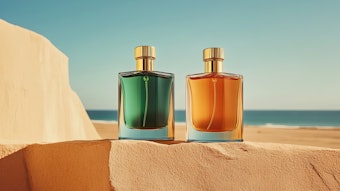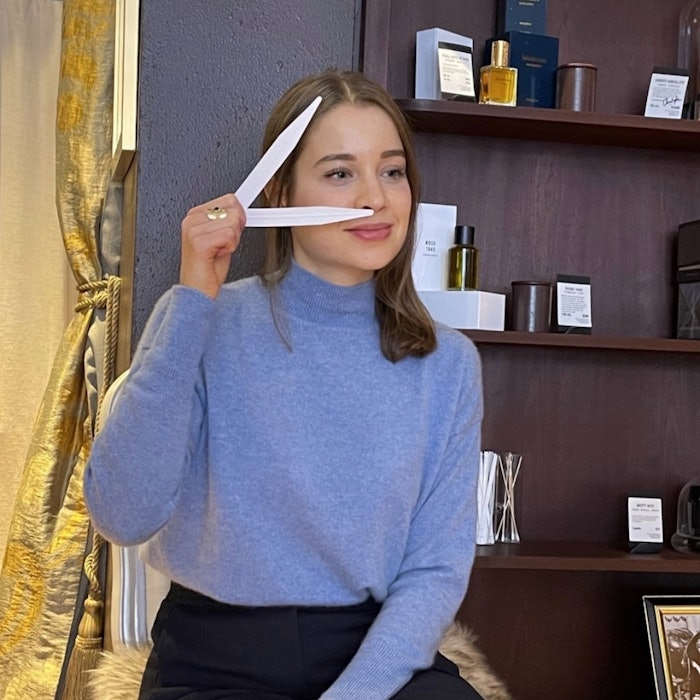
Name: Clémentine Beun
From a very young age, I smelled absolutely everything: plants, food, but especially objects—each object, each texture had its own distinct scent for me. And each scent evoked a different emotion.
This article is only available to registered users.
Log In to View the Full Article
Name: Clémentine Beun
Title: Junior Perfumer, Essential Compositions
Location: Gandia, Spain
What led you to the fragrance industry?
From a very young age, I smelled absolutely everything: plants, food, but especially objects—each object, each texture had its own distinct scent for me. And each scent evoked a different emotion.
I discovered that this unique connection was uncommon, that my peers did not feel the need to smell everything around them. It was then that I understood that scents would always be a part of my life.
I wanted to learn how to create these fragrances and contribute to the sensations, to the journey that a simple scent can evoke. That’s how it all began.
Can you share a defining moment or breakthrough in your career as a perfumer?
While I was working at Takasago as a junior fragrance analyst, Christophe Laudamiel suggested that I join him once again in New York to work alongside him and continue to learn. This proposal, as unexpected as it was pivotal, marked a turning point in my journey — the beginning of a true adventure.
What were some of the biggest challenges you faced when entering the perfume industry, and how did you overcome them?
Coming from outside the world of perfumery and with no connections in this very closed industry, I had to rely on determination, resilience, and a different approach.
For example, From the very beginning of my journey, it was difficult to obtain an internship with fragrance houses. Driven by a passion for the emotional power of scent, I however turned to the neuroscience of olfaction. This path not only deepened my understanding of sensory mechanisms, but also eventually led me to connect with Christophe Laudamiel.
Choosing a different path turned out to be a real strength, opening up unexpected opportunities in the world of perfumery.
Can you describe a time when a fragrance formulation didn’t turn out as expected? How did you address the issue?
As a young perfumer, it is rare — at least in my experience — to achieve the desired result on the first try. Each creation requires numerous trials, which allows me to better understand the interactions between ingredients and to freely explore all my ideas, even the boldest ones.
This process also calls for a certain humility: the ability to question oneself, to revisit previous choices, in order to move forward with clarity and precision.
How do you find the right balance between artistic expression and the technical limitations of perfume formulation?
Technical constraints can include volatility, stability, and above all constantly evolving regulations, as well as the cost of concentrates.
In the face of these limitations, I always keep in mind the original creative intention: the emotion or idea I want to convey.
To me, the role of a mentor is essential. Working alongside Christophe Laudamiel, I learned the importance of experimentation: testing different combinations and adjusting proportions to comply with technical constraints. It's a true daily exercise in flexibility and creativity.
What does winning the Young Perfumer's Award at SIMPPAR mean to you?
To be completely honest, when the SFP contacted me, it never crossed my mind that it might be about the competition. With so many participants, I took part mainly for the joy of creating from an inspiring brief.
It took me a moment to realize that the jury had chosen my fragrance. Winning this award is an immense source of pride. I see it as a meaningful recognition, but also as a reward for my perseverance and my determination to never give up on my goal of becoming a perfumer.
Can you describe your fragrance, Lavande argentée? How did you create this scent?
I named it Lavande Argentée. I wanted to make lavender shine — to highlight it with elegance and modernity.
I placed it on a base of woods, white musk, and cashmeran to give it strength and depth. I wrapped it in iridescent notes to enhance its elegance.
Finally, I composed the top with crystalline aqueous notes, green facets, and a sparkle of pink pepper to bring light and vibrancy.
